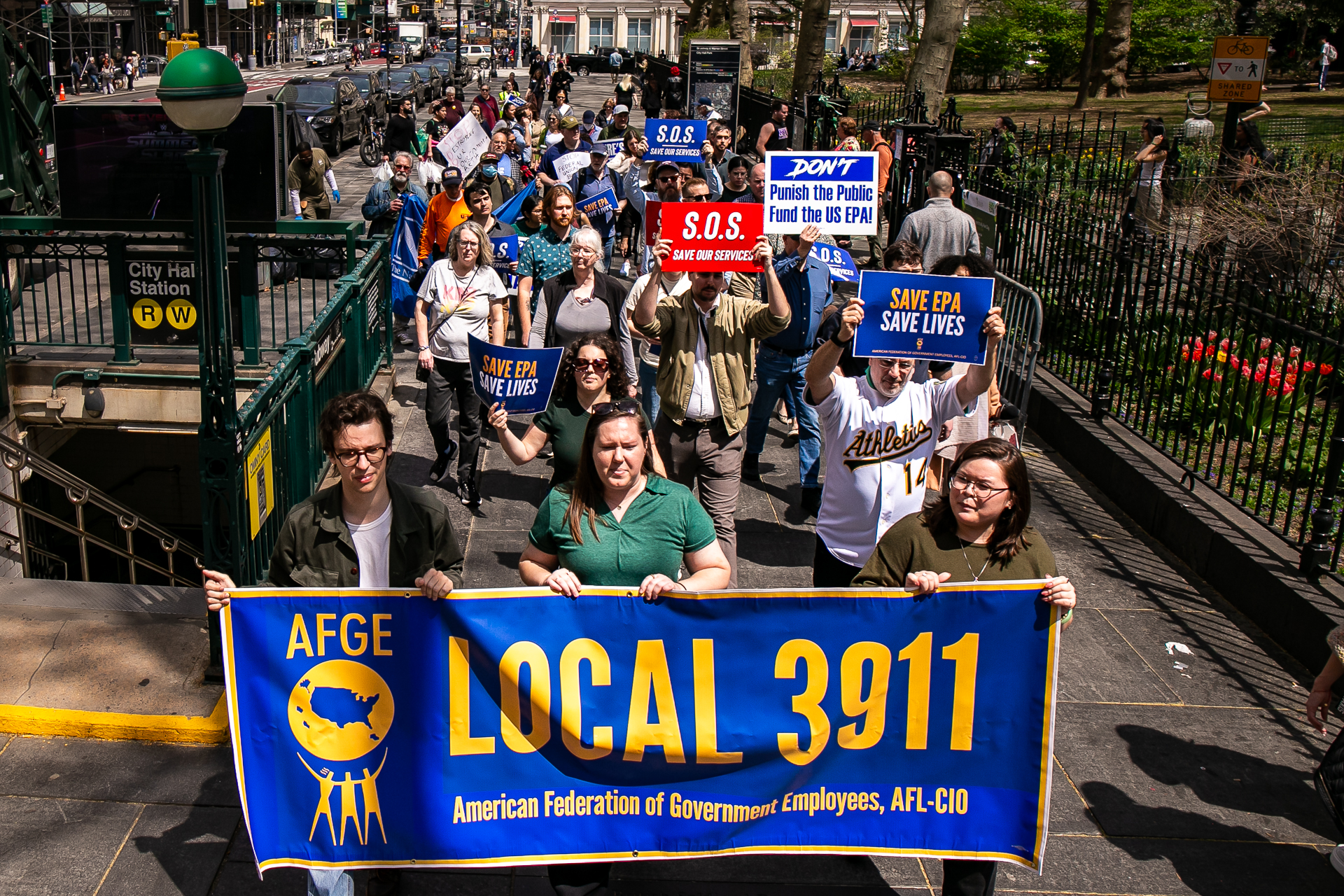Layoffs at EPA Ripple Through NY: Environmental Justice Advocates Left Reeling

The Environmental Protection Agency's (EPA) environmental justice office has emerged as a powerful ally for New York communities, helping residents transform long-standing environmental challenges in their neighborhoods. Community activists and EPA employees alike highlight the agency's critical role in supporting local efforts to address and reverse environmental burdens that have historically impacted marginalized communities.
Through strategic collaboration and targeted interventions, the EPA's environmental justice team has become a beacon of hope for New Yorkers seeking to improve their local environmental conditions. By amplifying community voices and providing crucial support, the agency has demonstrated its commitment to creating more equitable and sustainable urban environments.
Local community groups have praised the office's proactive approach, noting how its dedicated efforts have made significant strides in addressing environmental inequities that have plagued certain neighborhoods for decades. The agency's work represents a pivotal shift towards environmental justice, empowering residents to reclaim their right to clean, healthy living spaces.
